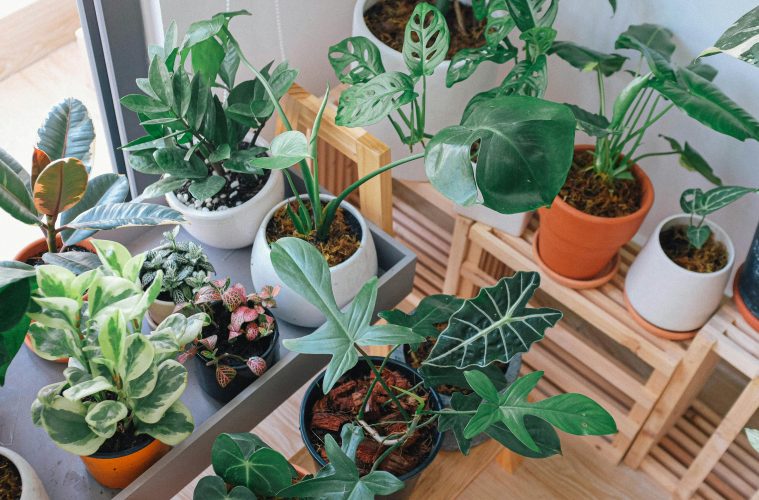Since the latest houseplant boom in the 2010s, trends have remained relatively consistent year after year. We all loved the classic Monstera deliciosa, focused on lush foliage over flowers, and cultivated indoor jungles where there was no such thing as too many plants. But this year, things are a little different.
As trend cycles go, we’re starting to see opposing trends come to the fore. Since houseplant lovers are more experienced now than they were 10 years ago, trends have become more complex, focusing on design rather than simply keeping a plant alive indoors. Overall, the theme is simplified but elevated, turning indoor gardening from a hobby into an art form. As is the case with any trend, there is no need to rush to change your entire collection or get rid of things you still enjoy.
Rather, it’s an indicator of what we’re likely to see in nurseries and online in future, and what new developments you can try for yourself this year.
Houseplant Minimalism
Gone are the days of the indoor jungles, where every spare surface had to be covered in greenery and the distinction between the outdoors and our homes blurred. Houseplant lovers are now moving toward houseplant minimalism, keeping a limited number of only their favourite plants. While I was fully invested in the indoor jungle aesthetic at a point (with a concerning number of houseplants in my care), it does have its downsides. Care is the obvious one – when you have more than 50 houseplants to keep track of, it’s tough to make sure they’re all happy at the same time. But that many plants in one space also takes away from the beauty of each one. Even rare collectables start to blend in with the ten other plants on the shelf.
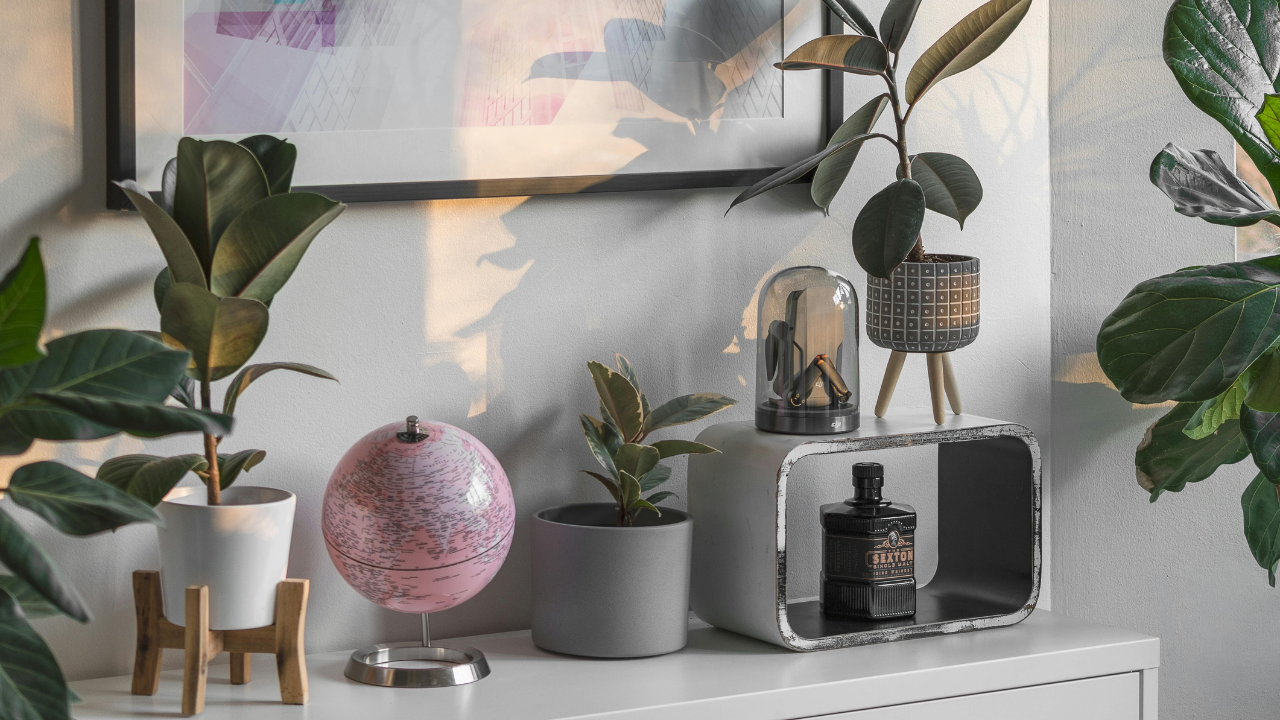
Unsplash
Houseplant minimalism aims to retain the aesthetic benefits of keeping houseplants without the chaos, focusing on a few standout features that work well in the space. If your indoor environment is continuously changing, you don’t need three fiddle leafs that will drop leaves and stress you out. If you’re short on time, ditch the needy calatheas and replace them with plants that will grow their best in your home environment. Once you restrict your collection to a few plants that you love and are happy in your home, you’ll get far more enjoyment out of the growing process, and your plants will always look their best too.
Unique Displays
The basic process of purchasing a houseplant involves shopping in person or online, bringing it home to find the perfect placement, and maybe adding a decorative pot cover or plant stand to improve design. This year, indoor gardeners are taking it up a notch. Regular pots will always have their place, but you can achieve so much more in display with a little creativity.
Terrariums are one of the central urban garden trends of the year, but not in the way you may expect. Rather than tossing a few compatible plants in a jar, gardeners are turning their terrariums into tiny landscapes, complete with decorative objects that make the design completely unique. Kokedama (directly translated as moss ball) is also making a comeback.
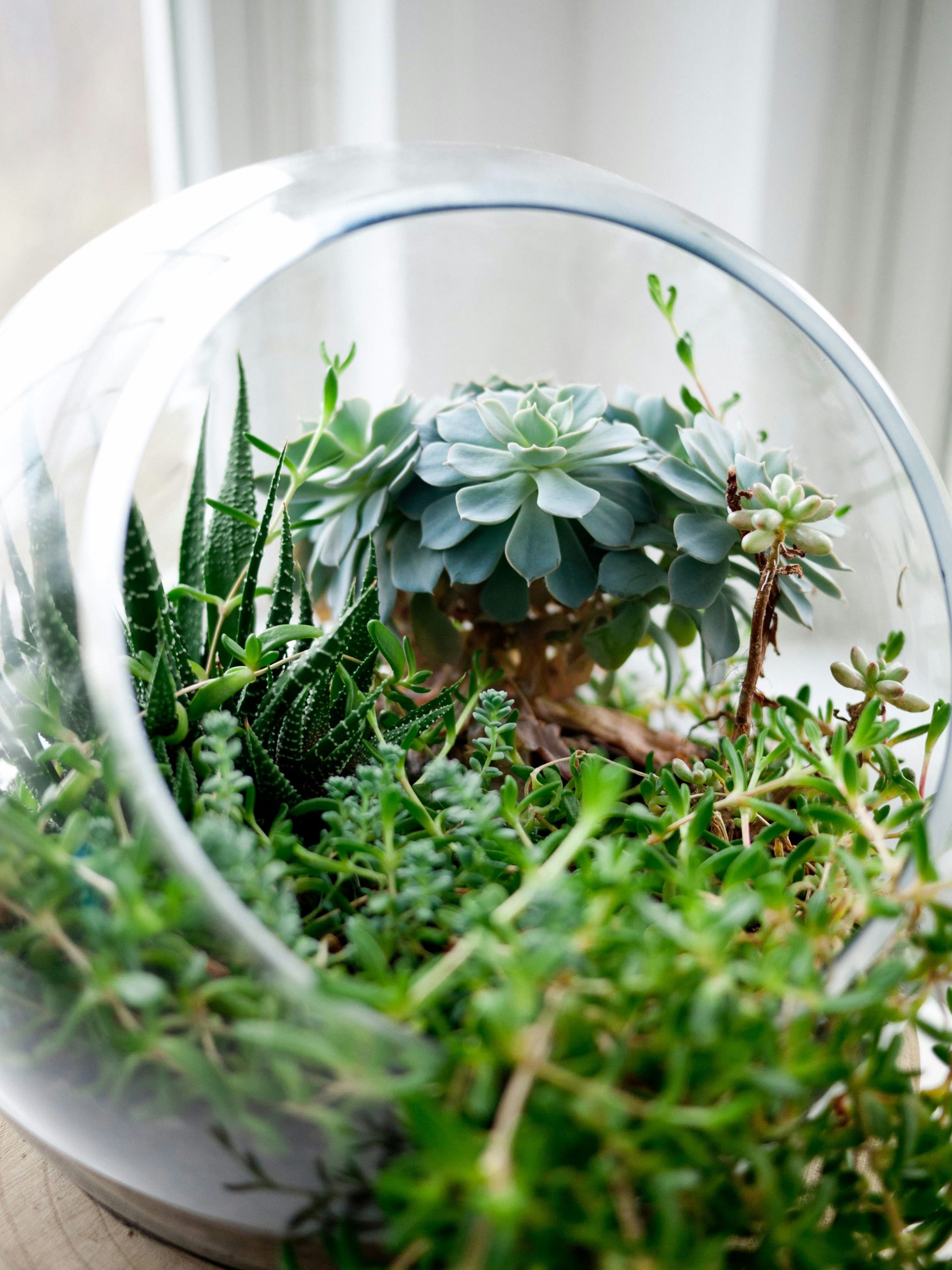
Unsplash
Instead of a traditional hanging basket, houseplants are wrapped in a clay-like soil mix that is wrapped in moss and held together with string. These can be hung from the ceiling or placed in a decorative vase as another form of living art. Rethink how you present your houseplants in your home to create something truly unique to you.
Colour is King
Bright colours crept into indoor gardens last year and are now ready to take over. Classic green always has its place in the garden, but can become monotonous indoors where there are few flowers to add a pop of colour. To inject a burst of brightness, colourful foliage and flowering houseplants are taking centre stage. Variegated foliage is particularly popular, evidenced by the popularity of cultivars such as the ‘Pink Princess’ philodendron or the triostar stromanthe. You can find leafy houseplants in a range of colours to suit any interior, from stark white to fiery red, orange and yellow.
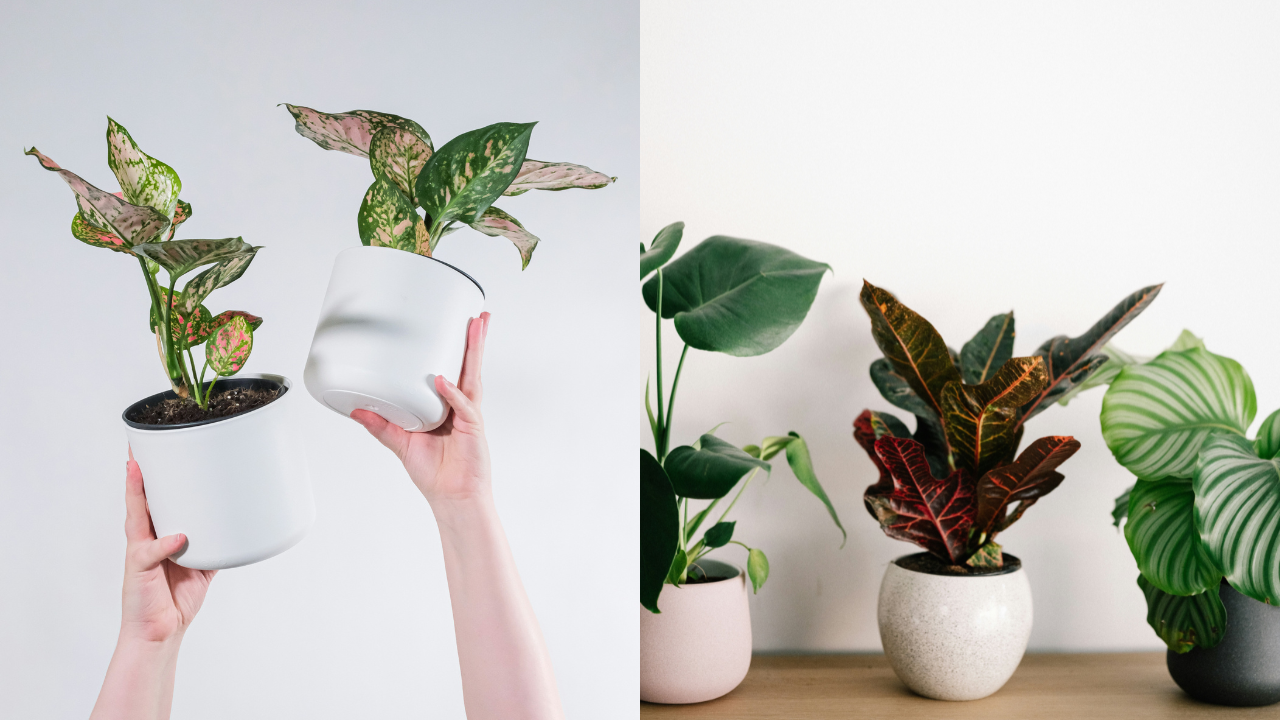
Pexels
Colourful cultivars may be pricier and harder to find, but they are well worth the effort for the aesthetic benefits they provide. Flowers are also a go-to for pops of colour, although you’ll typically need ideal sunlight levels (bright indirect to direct sun) for the plants to have the energy to flower. African violets and orchids are the first flowering houseplants to come to mind, but bulbs such as amaryllis or succulents like kalanchoe can also flower reliably in the right conditions.
Even in colourful foliage plants, the right amount of sunlight is vital to make up for the limited amount of chlorophyll in many of these cultivars. In low-light areas, stick to the traditional green favourites and reserve the best and brightest spots for your pops of colour. These plants will fit seamlessly with the bold and bright interior design trends of the year.
Make A Statement
In another continuation from last year, massive statement houseplants are still big this year (excuse the pun). While large leaves were previously the focus, overall size now gets the most attention, leading to an inevitable favourite – indoor trees.
Pairing well with the houseplant minimalism trend, indoor trees make a big impact in a single plant, simplifying care and avoiding clutter in your home. Floor-to-ceiling greenery is the goal, achieved by choosing shade-friendly trees that are happy in warm and humid environments. Ficus lyrata maintains its popularity, despite its reputation as a houseplant drama queen. Other members of the Ficus genus, particularly Ficus elastica, are less fussy choices that offer the same benefits.
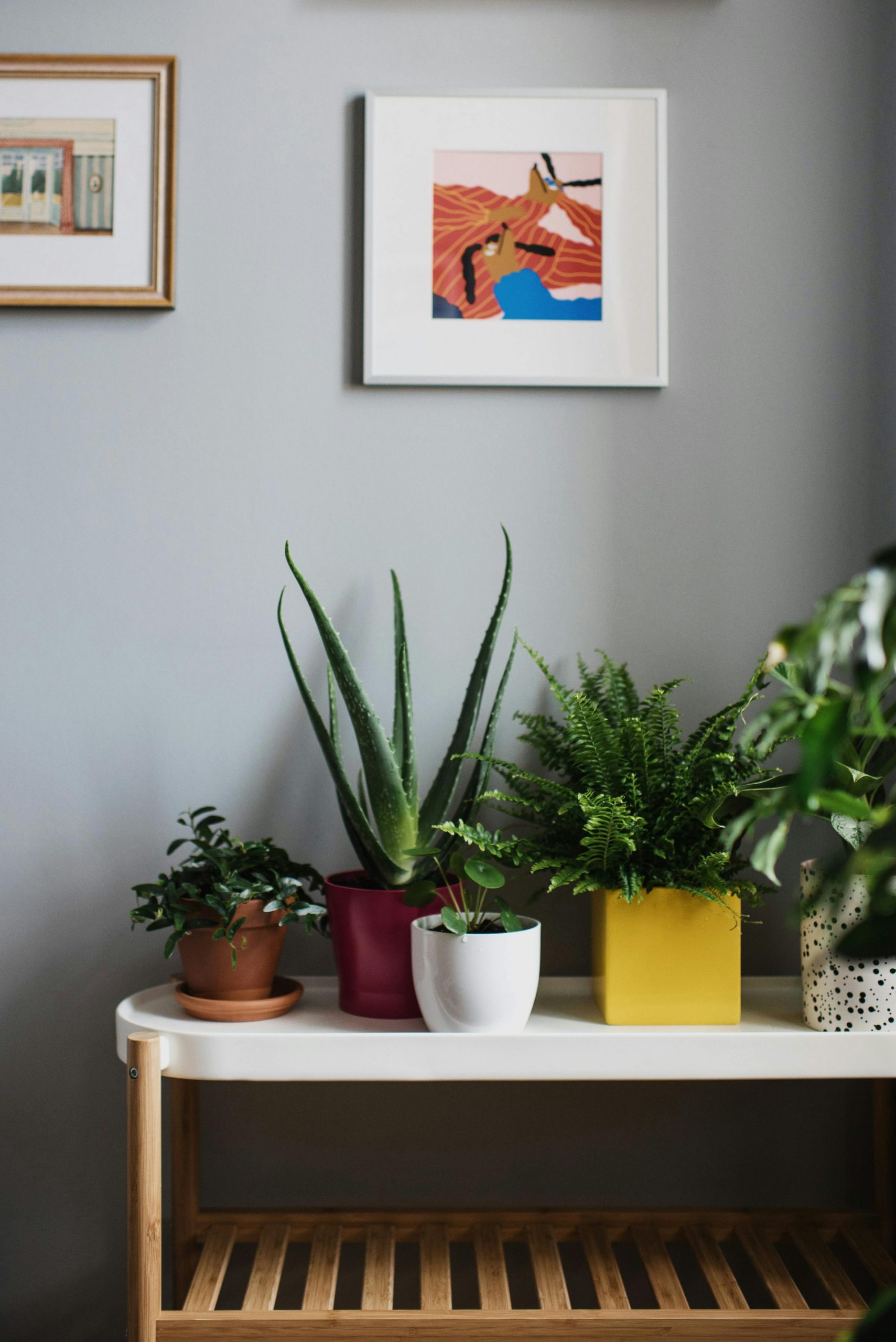
Unsplash
Since larger houseplants fetch a higher price than their younger counterparts, you want to give them the best possible position and care to avoid an early death and wasted money. Tougher trees that can handle low light and a missed watering or two are great for beginners, such as species in the Yucca or Dracaena genera.
For citrus lovers, it’s also possible to grow a few citrus species indoors. The calamondin orange is the most common, but any dwarf species will grow happily in a container. They do have higher lighting needs (a full day of direct sun), especially if you want to see any fruits.
Finally, you can look out for leafy plants that have the same look as an indoor tree, like the indigenous and widely popular strelitzia. The phrase ‘the bigger the better’ is fitting for this trend.
ALSO SEE: THE 2024 DECOR TRENDS ARE IN! HERE’S WHAT YOU NEED TO LOOK OUT FOR
The 2024 decor trends are in! Here’s what you need to look out for
Feature image: Unsplash
A version of this article was published in the Garden&Home February 2024 print edition

